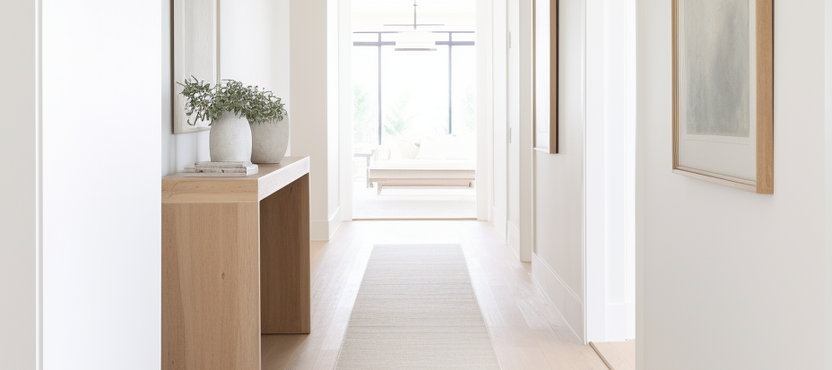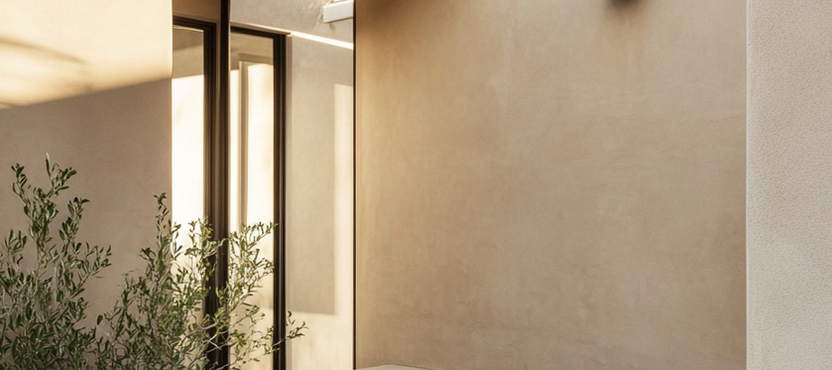The Rise of Grout-Free Tile Looks in Restaurant and Retail Design
- Beril Yilmaz

- Jul 19
- 3 min read
Structured tile designs have become a go-to feature in commercial interiors. They bring a clean, organized look that suits the busy nature of restaurants and retail environments. Wall finishes play a key role in shaping the overall impression of a space, especially in areas that need to stay visually consistent and easy to maintain.
A growing number of designers are turning to alternatives that offer the same visual appeal without the upkeep. The subway tile backsplash look brings the best design and convenience when applied without grout. This style captures the charm of the traditional tile while reducing the maintenance associated with grout lines, making it ideal for high-traffic spaces that prioritize appearance and efficiency.
1. Grout Free Walls Improve Daily Cleaning Routines

Maintaining high standards of sanitation is a top priority in commercial environments. Traditional tiled walls with grout lines can be difficult to keep clean, as grout tends to trap dirt and moisture over time. This is especially problematic in food service areas and restrooms, where cleanliness is critical. To avoid these issues, many designers now prefer tile-look wall panels with smooth surfaces and non-porous finishes. These surfaces mimic the structure of tiled layouts using shallow grooves, allowing for easier cleaning and a more consistent appearance.
2. Fast Installation Supports Business Continuity

Ceramic tile installation can be time-consuming and labor-intensive. Grout-free panel systems present an alternative that simplifies the process. Designed in large sheets, these panels can be applied over existing walls, minimizing interruptions to daily business activities. The quick installation process is beneficial for businesses operating on tight renovation timelines.
3. Consistent Design Across Locations

Many businesses want their brand interiors to feel familiar across different locations. A uniform wall finish helps achieve this consistency. Grout-free wall panels with a tile-inspired design make this possible by offering a repeatable, controlled aesthetic.
Designers can match the panel style to various brand identities with color options for the groove lines and a choice of finishes. The look remains clean and cohesive in both customer areas and back-of-house locations. This helps support the overall environment without drawing too much attention to the walls.
4. Surface Durability for High Contact Areas

Retail and restaurant interiors often include walls that experience daily contact. These surfaces must stand up to cleaning, moisture, and impact. Composite wall panels designed to replicate tiled patterns are built with performance in mind. Their durable construction ensures they remain intact and easy to maintain, even under regular use.
5. Versatile Wall Options for Functional Spaces

Wall panels that mimic tile patterns offer flexibility across various commercial applications. Their design blends visual structure with practical function, making them a wise choice for spaces that demand style and performance.
Key features include:
● Standard sizing for efficient planning and installation
● Lightweight construction for easier handling and reduced labor effort
● Molded or etched grooves that replicate traditional tile layouts
● Sealed surfaces that resist moisture and are easy to clean
These panels perform well in schools, hospitals, and kitchens, offering a dependable solution where cleanliness, durability, and visual consistency are essential.
Grout-free designs continue to gain attention as businesses seek alternatives to the traditional subway tile backsplash. These panel systems offer a tile-inspired look with improved functionality, reduced cleaning requirements, and faster installation. Their consistent design and durable surface make them suitable for various commercial applications. As functional spaces evolve, this style offers a reliable solution that meets practical demands while maintaining a clean, professional aesthetic.


































